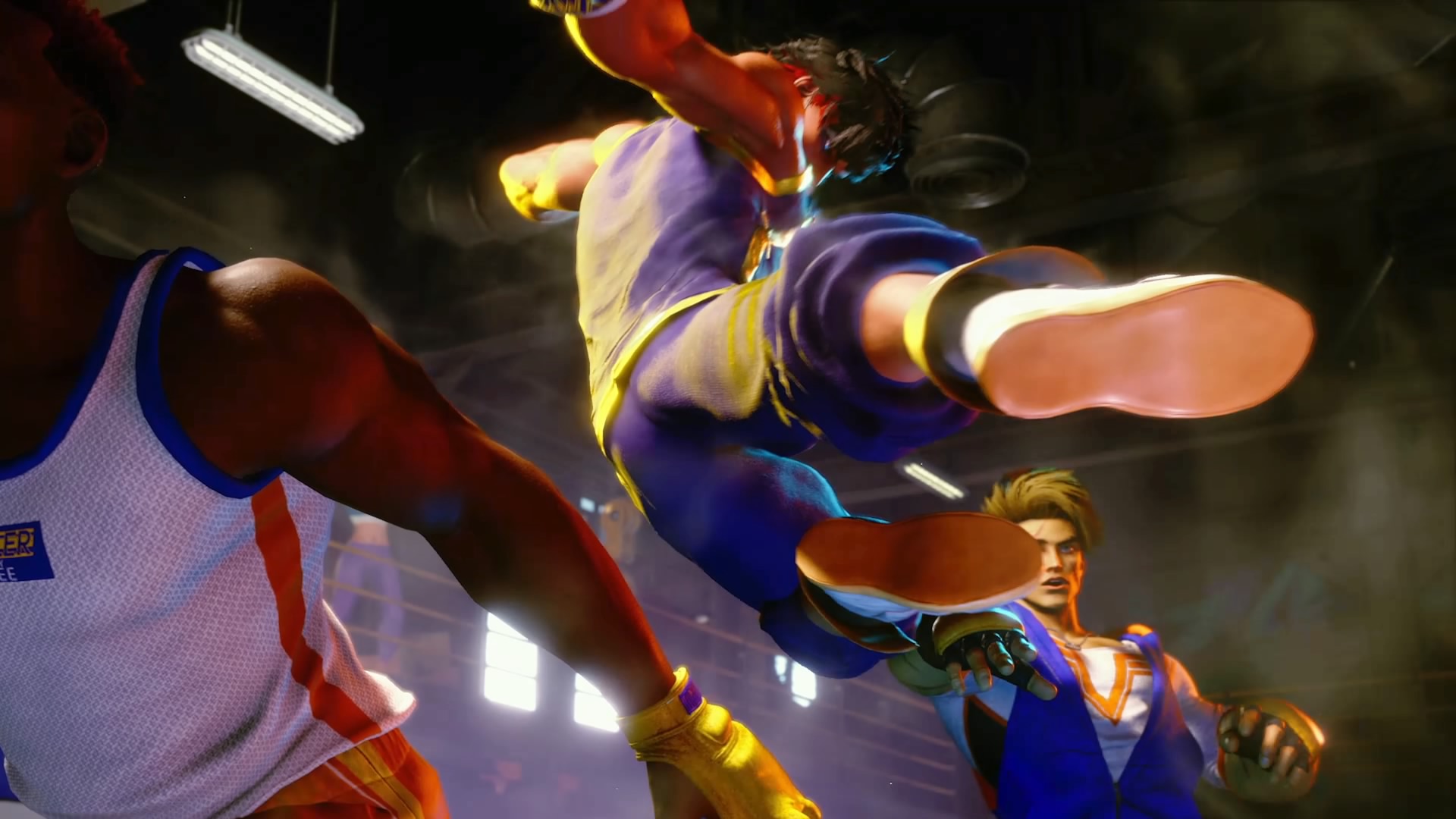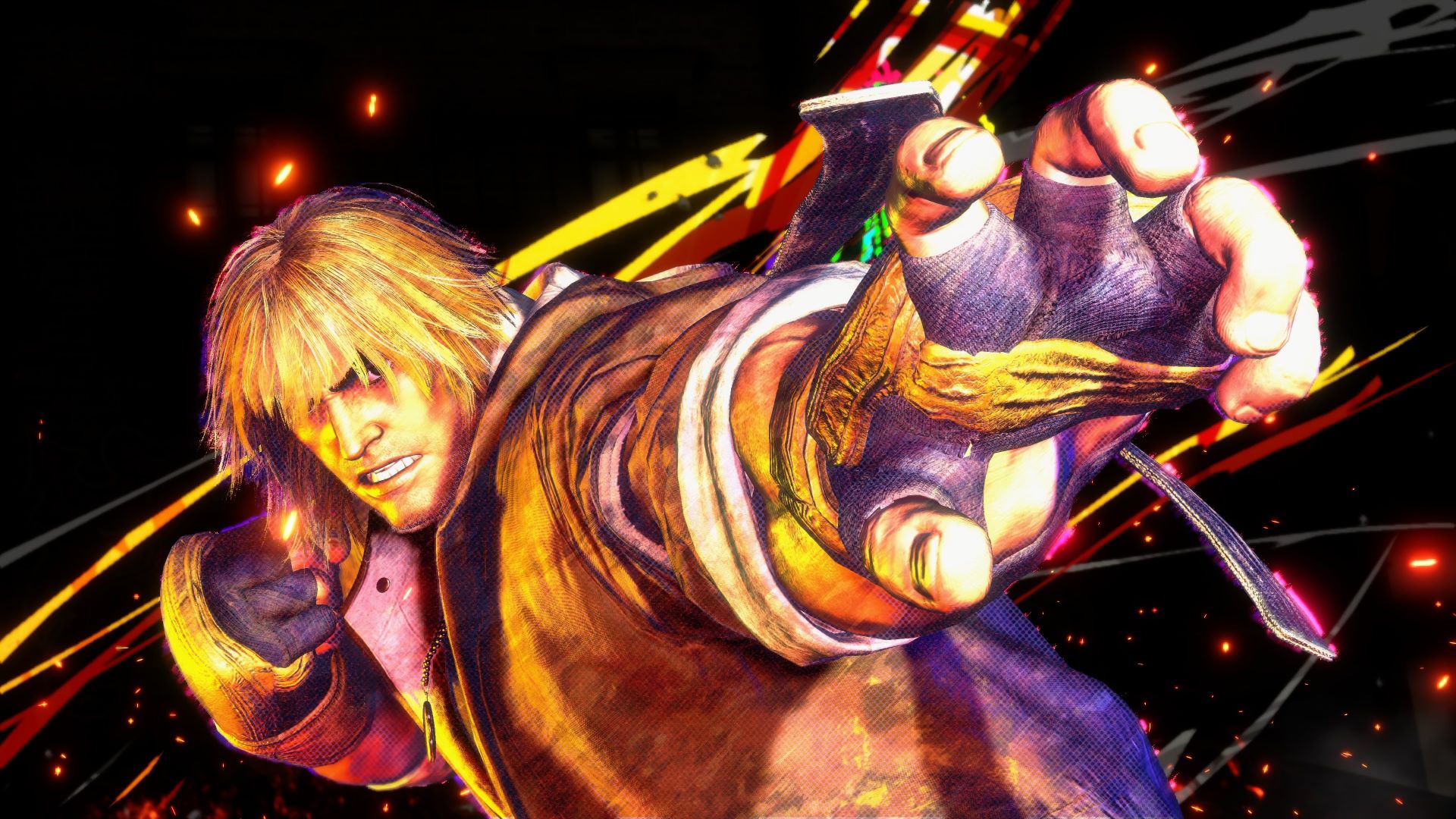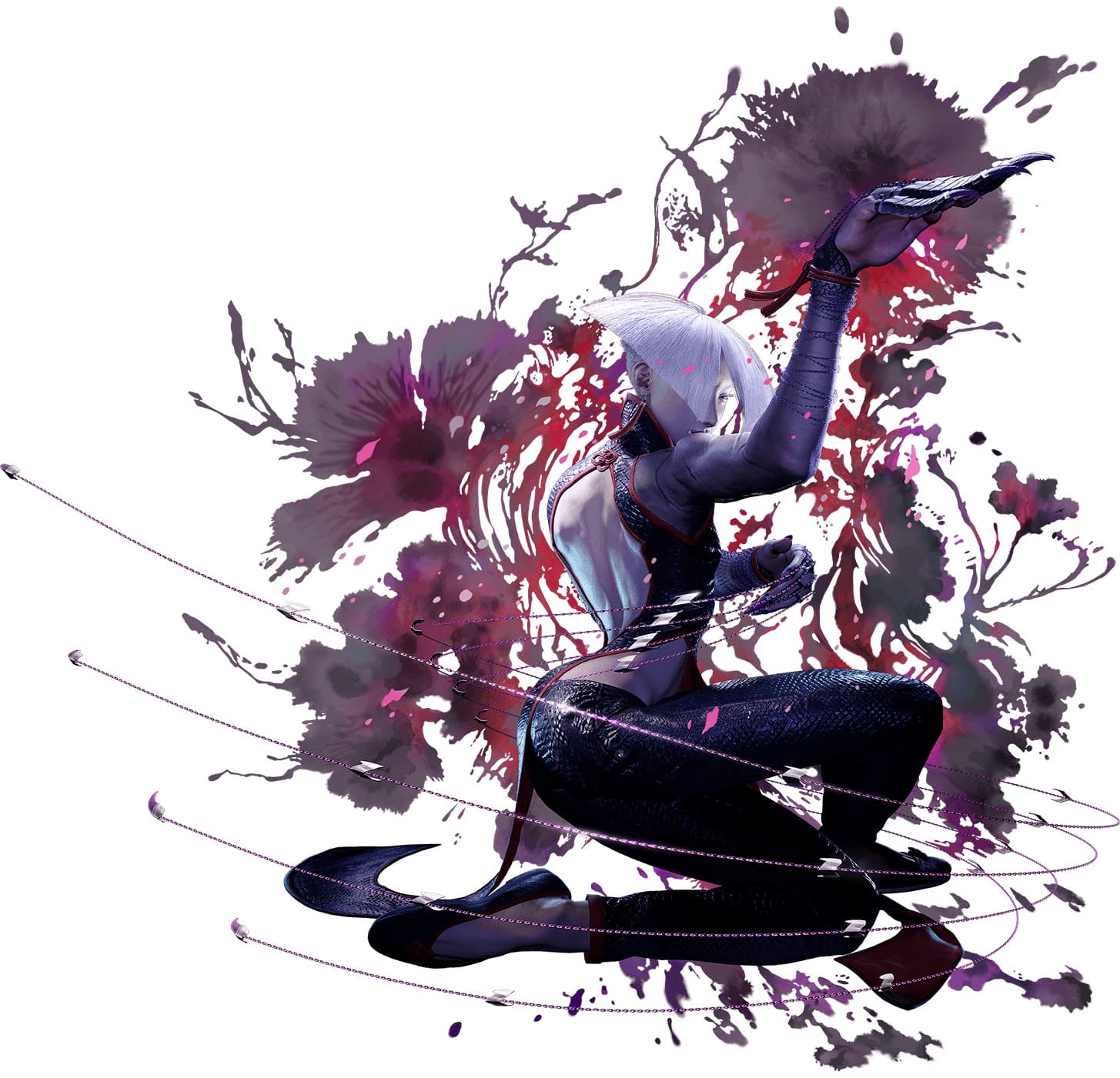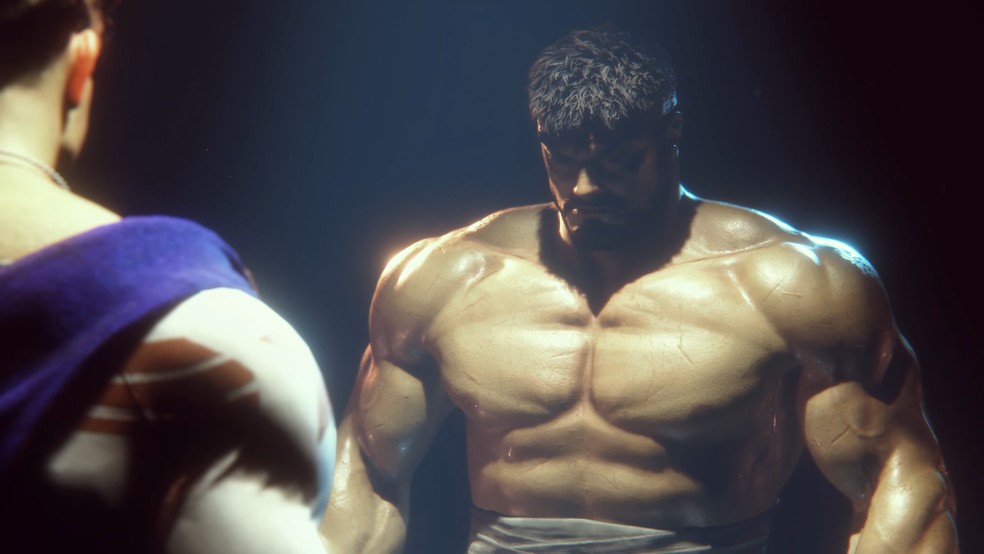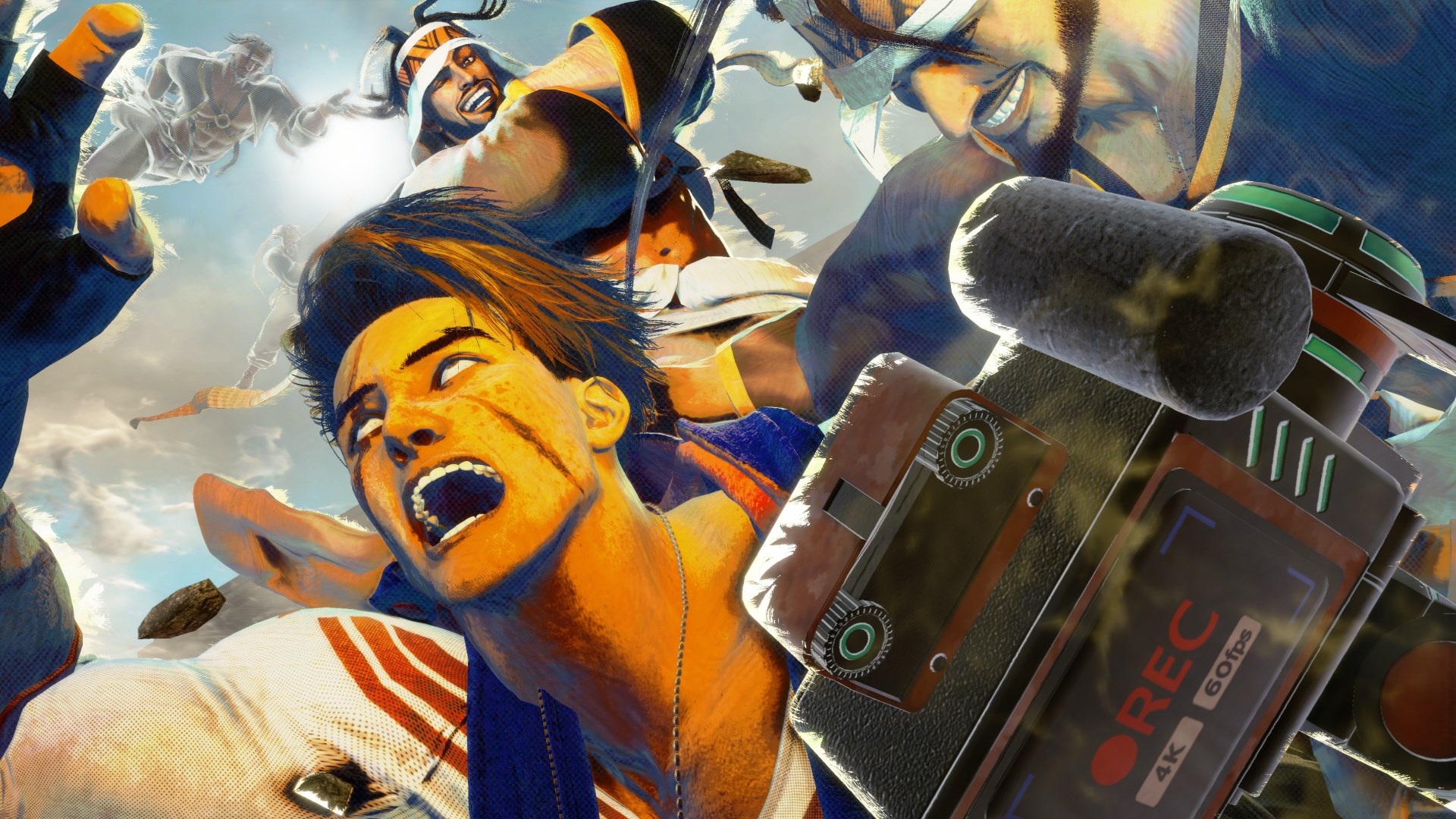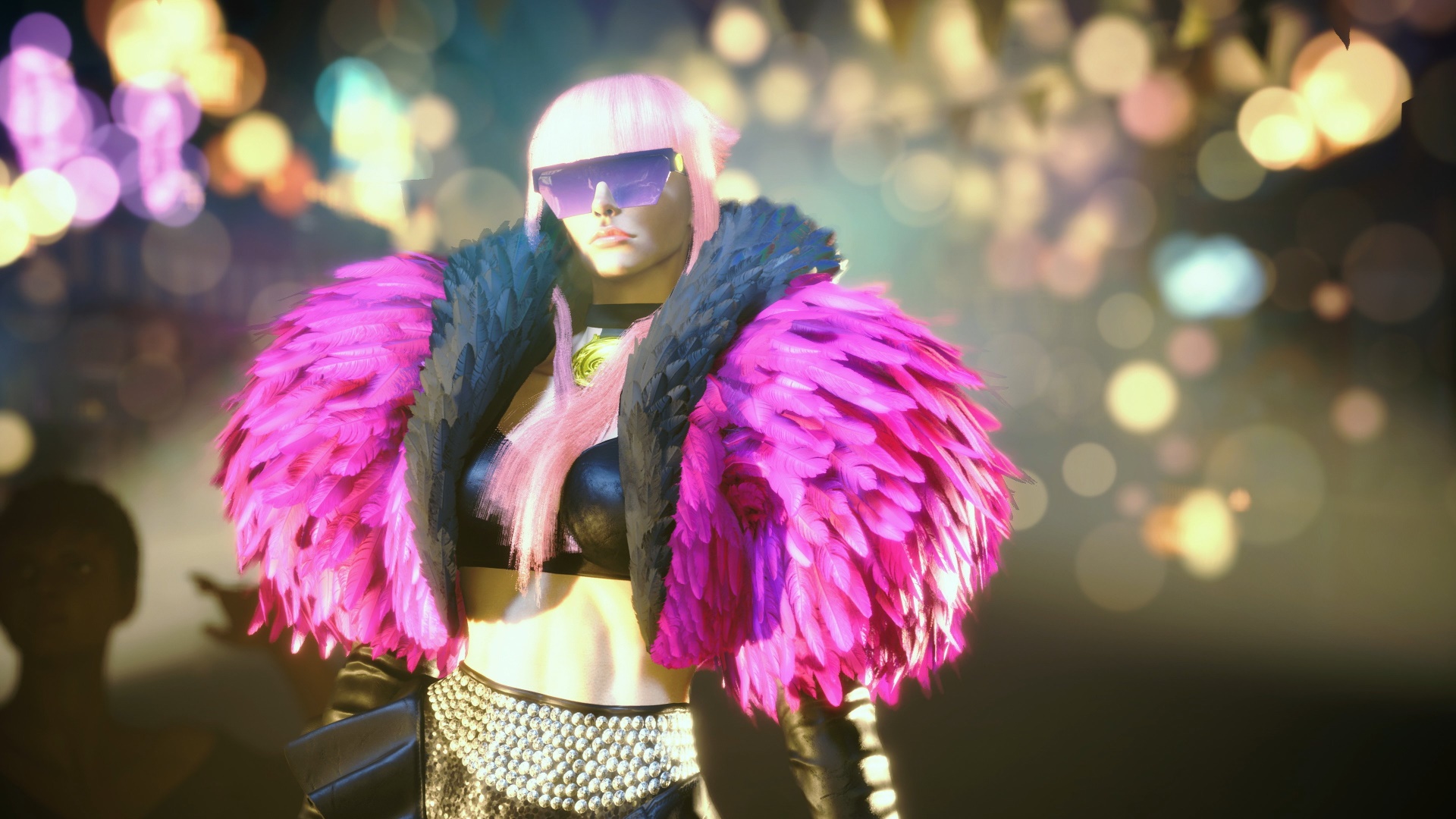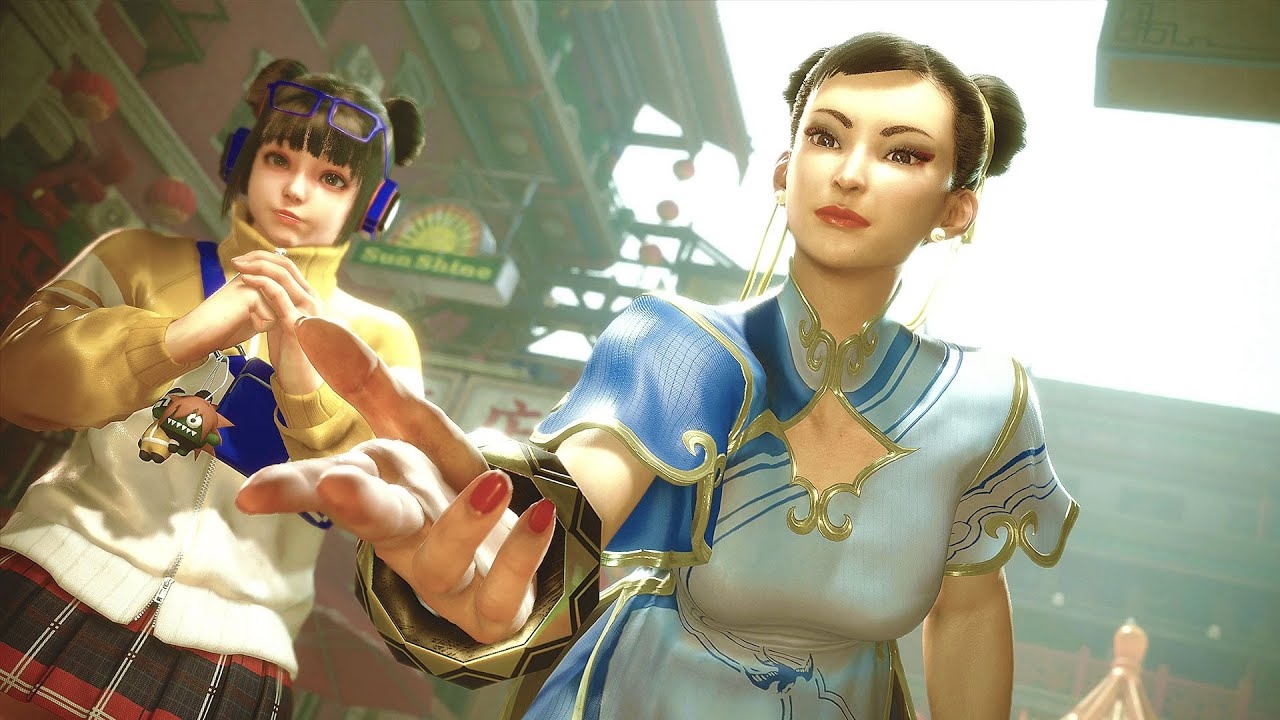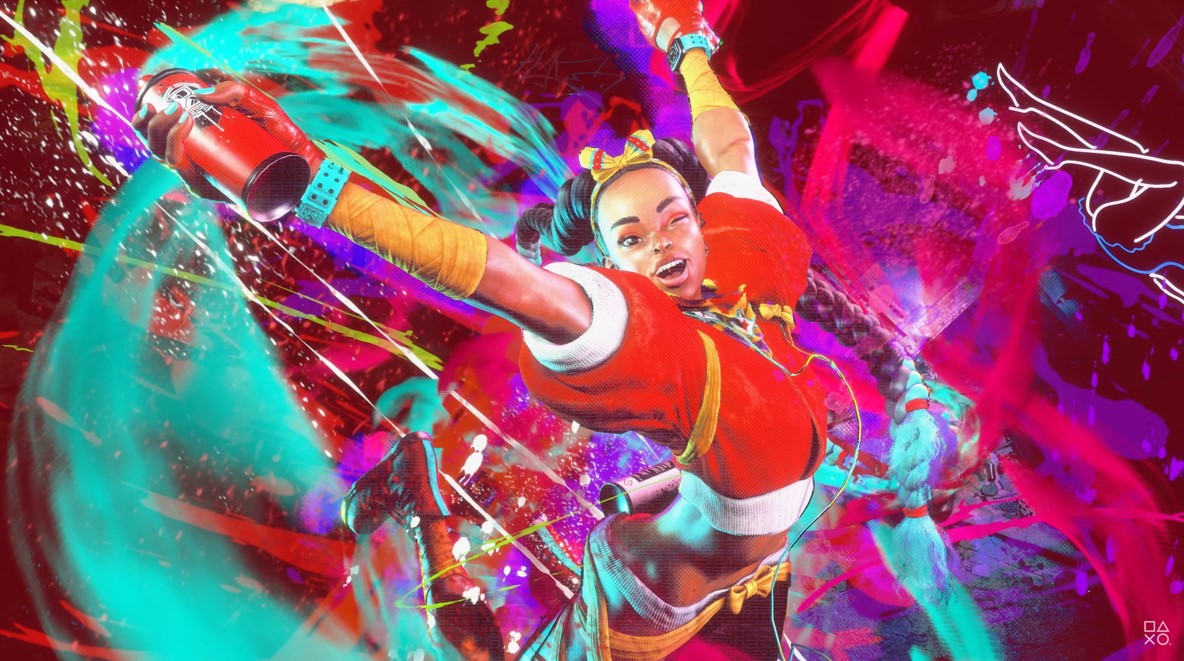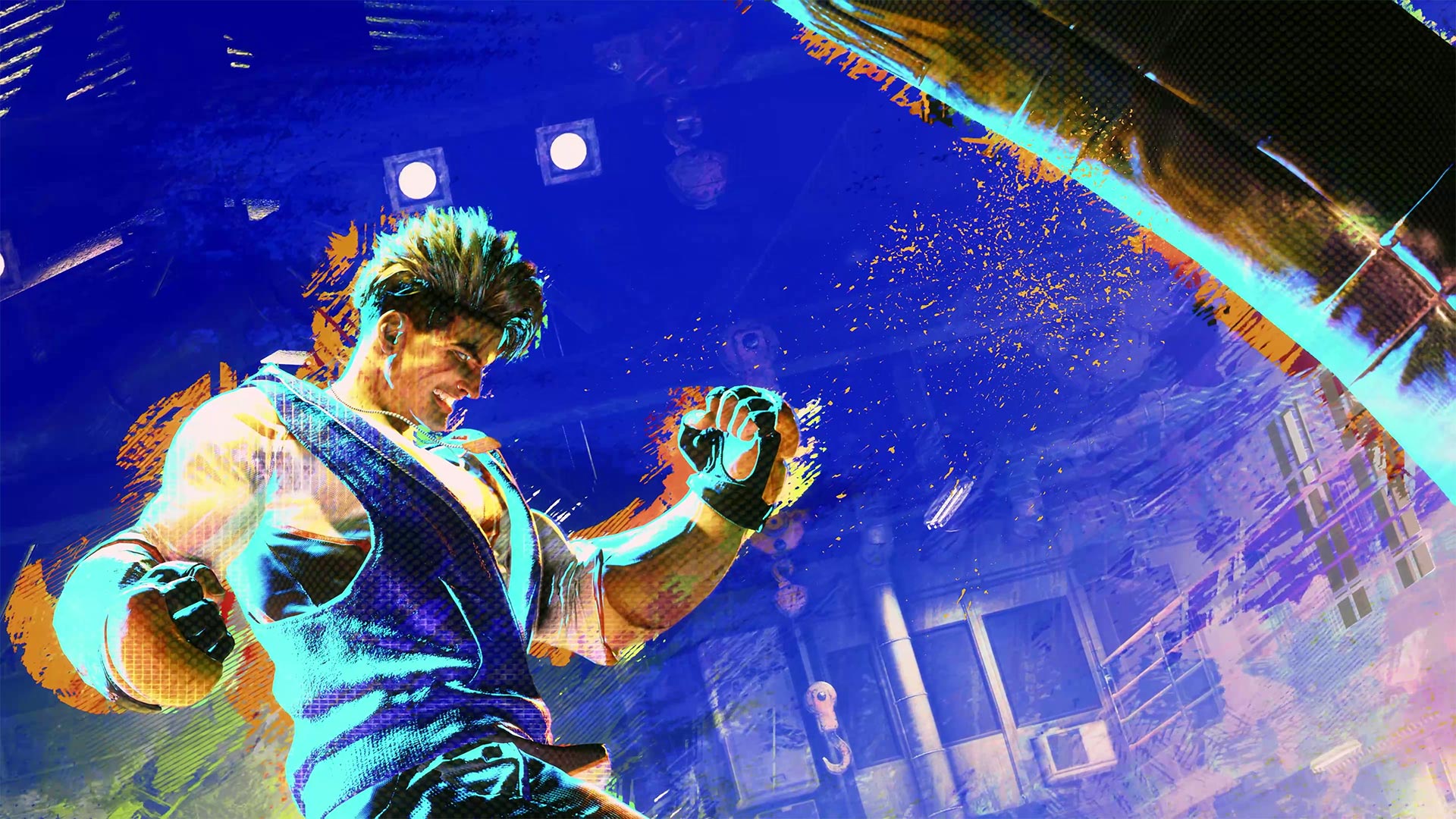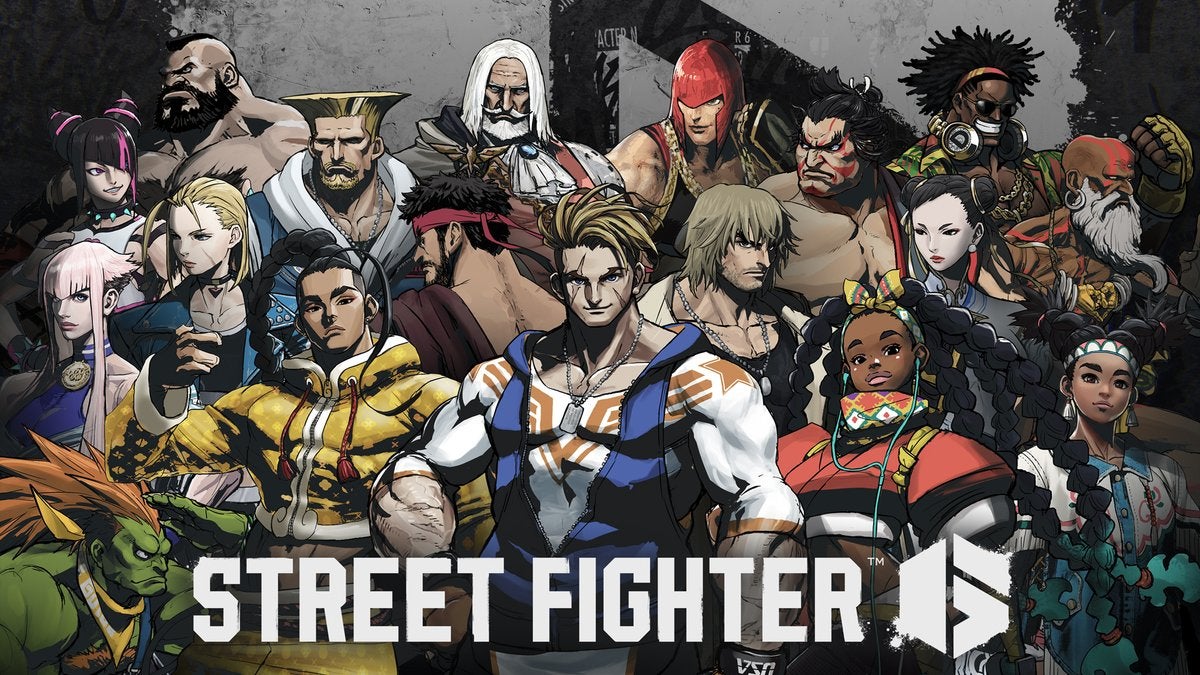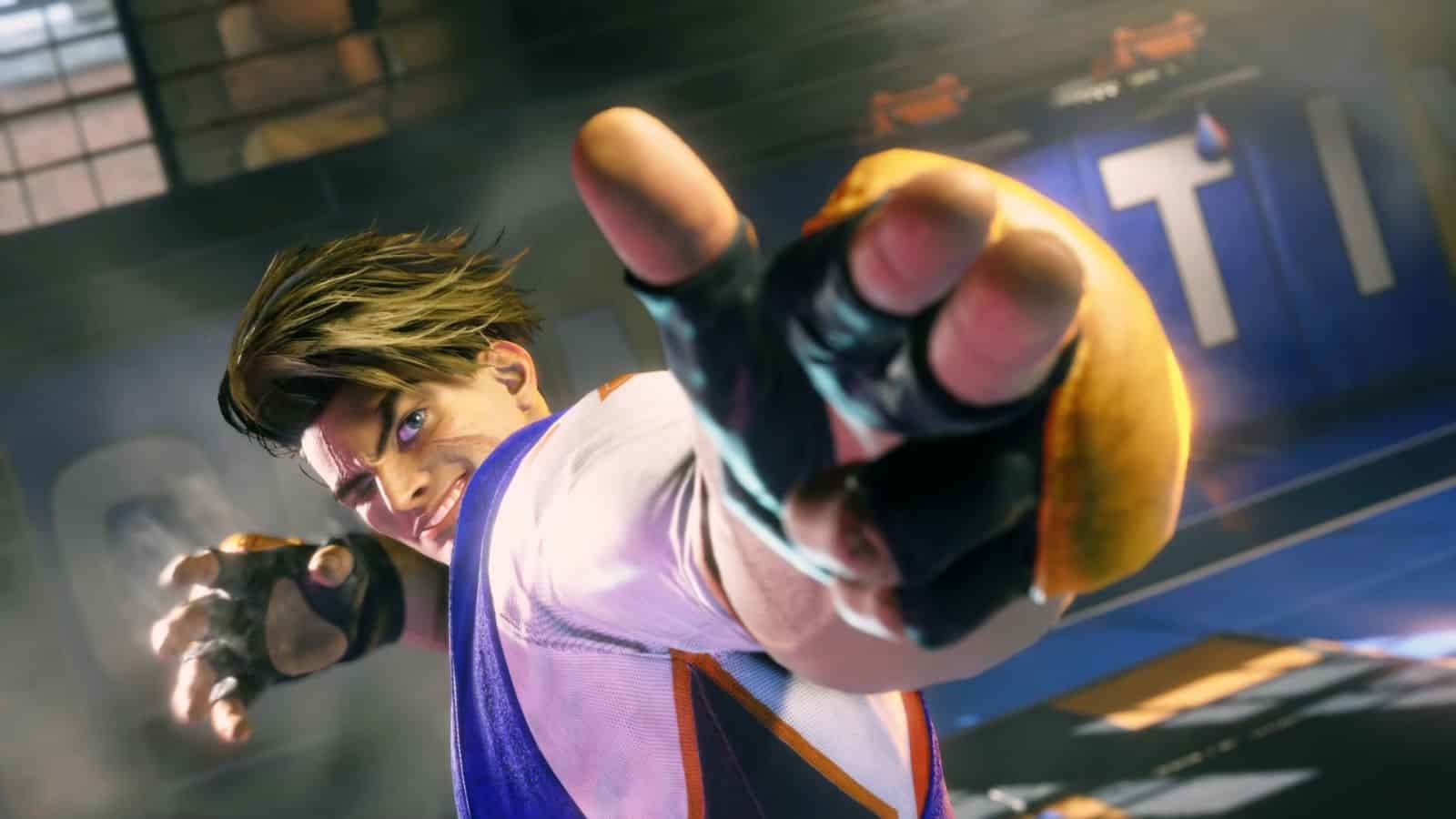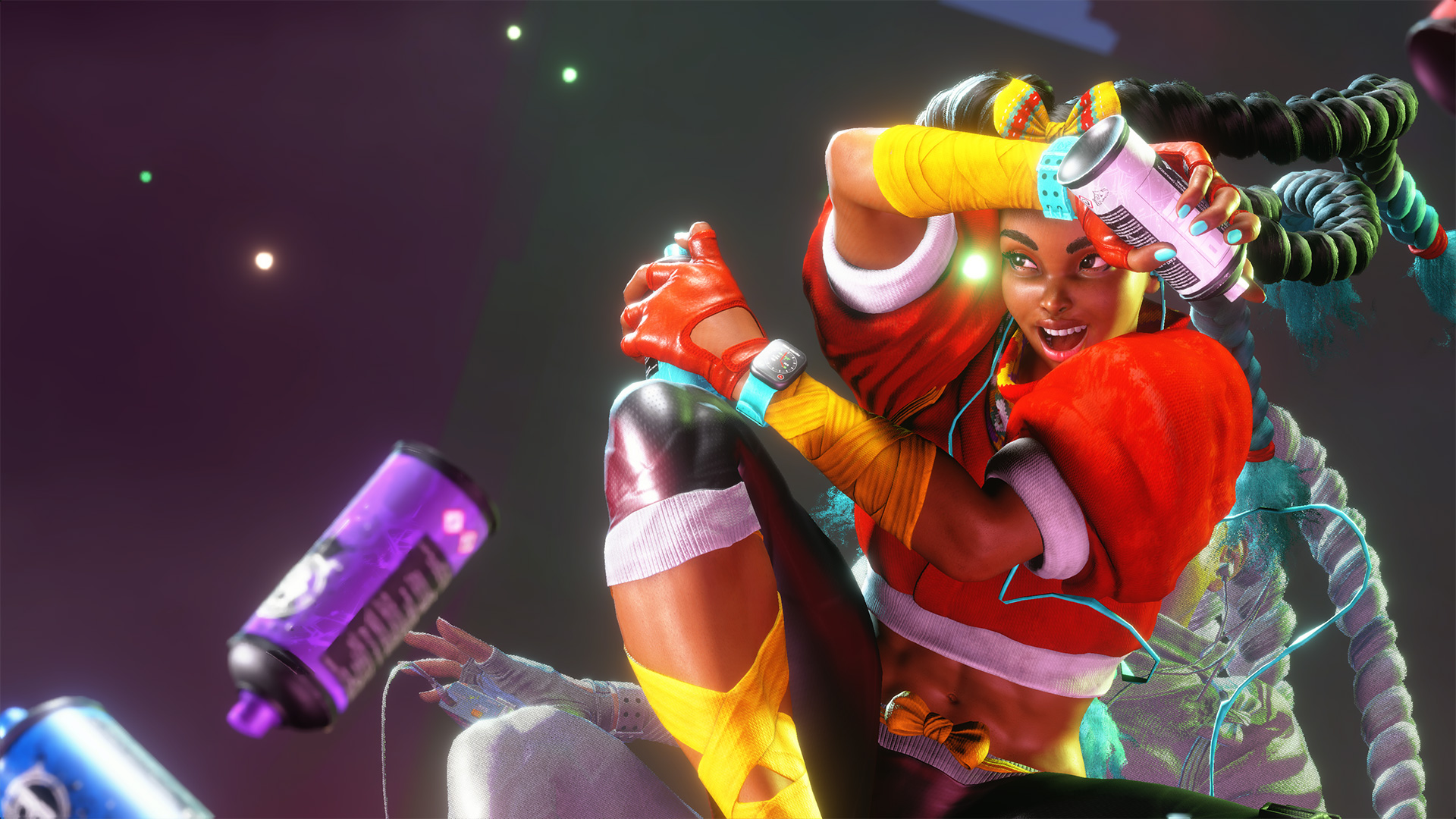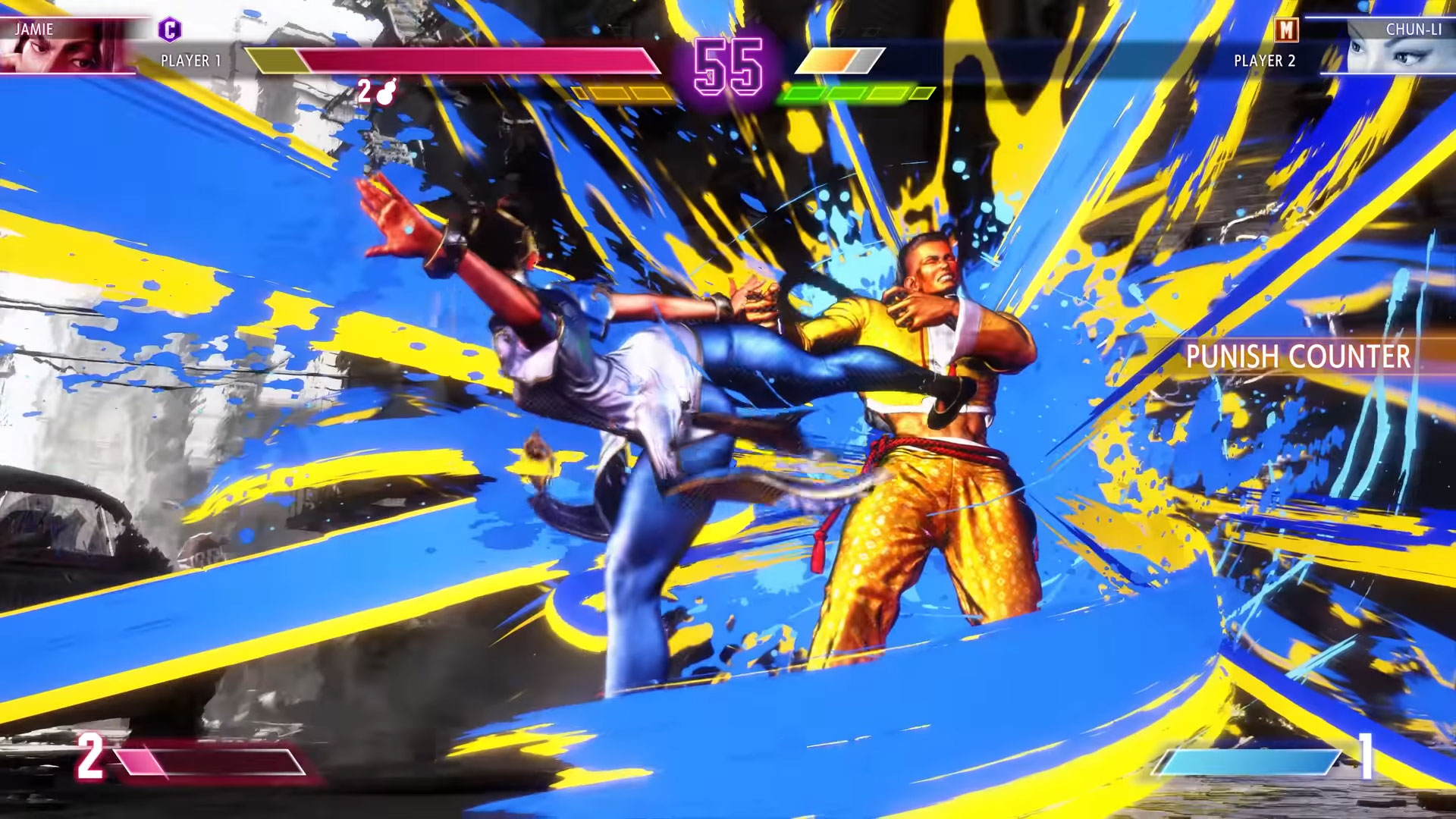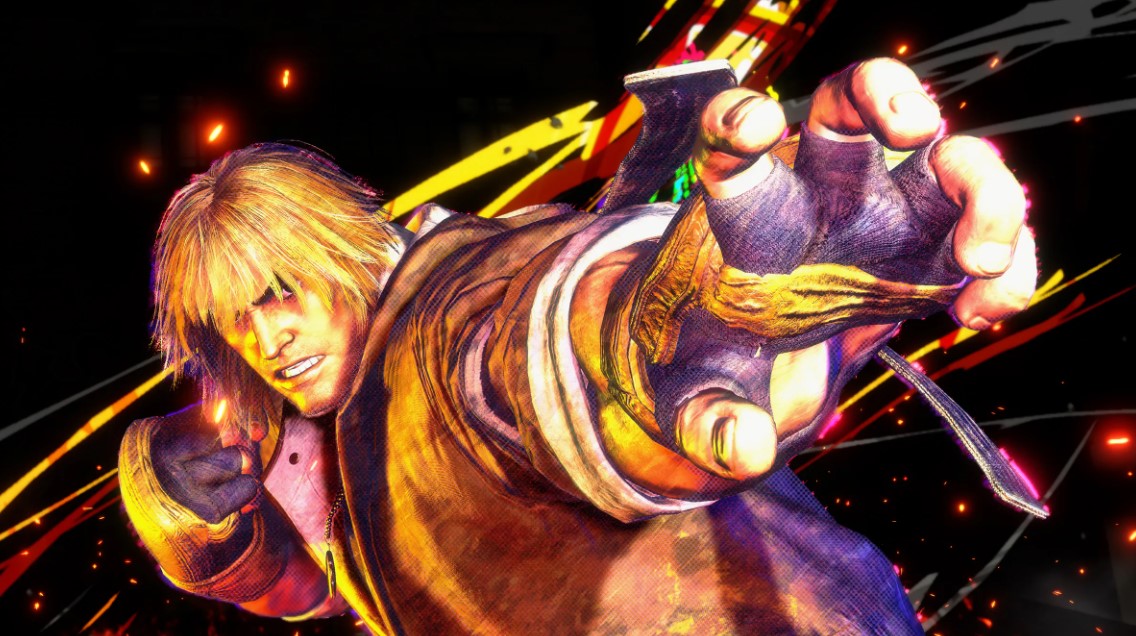
What are the best new mechanics in Street Fighter 6?
Street Fighter 6 is just around the corner and the game couldn’t be looking better. Everyone in the fighting game community is super excited about the game as it is not only already looking like having one of the best rosters of all time, but it will also include brand-new mechanics.
Street Fighter 6 developers combined some of the best mechanics from Street Fighter’s past and improved them, combining them with brand new stuff to be incorporated into a fresh and exciting fresh system.
10. Drive Reversal
Drive Reversal
Start at: 00:00
Based on the classic Alpha Counter from the Street Fighter Alpha series, Drive Reversal is one of the new mechanics introduced in Street Fighter 6.
Street Fighter V had already resurrected the Alpha Counter option in the shape of V-Reversal and it is once again being reintroduced with slightly different nuances. It can be activated by pressing forward and HP + HK while blocking, and it will interrupt the opponent’s offense with a varying move which causes grey damage.
Being part of the Drive System, it has a cost of 2 Drive Bars and it can really let the steam off you in a pinch. SF6 is a lot less pressure and offensive-heavy than its predecessor, so the usages the technique has are more specific and situational.
How it makes things fun:
If you’re cornered and in a pinch, it can be easy to let yourself freeze and allow your opponent to bully you, so Drive Reversal is an excellent counter-strategy that can avoid one-sided rounds.
9. Overdrive
Overdrive
Start at: 2:37
EX moves have been a staple of Street Fighter games since Street Fighter III: 2nd Impact - Giant Attack, and they have been extremely relevant in the way players decide to manage their meter.
Usually, EX and Super moves share the same meter, so choosing which moves to spend the bar in plays a major role in how Street Fighter is played.
Street Fighter 6 breaks this tradition, giving separate bars for EX and Supers. EX moves are hereinafter known as Overdrives and they cost 2 bars of the Drive Gauge.
How it makes things fun:
Having separate bars for Overdrives and Super means that a ton of new combo options are opened to the player, and the possibility of incorporating Overdrives and Super in the same combo massively improves the player’s creative expression.
8. Drive Impact
Drive Impact
Start at: 00:02
Drive Impact works very similarly to Street Fighter IV’s charged Focus Attack, but with much scarier consequences.
It is triggered by pressing HP and HK simultaneously at the cost of a single Drive Gauge bar so it is fairly cheap to pull off. The greater impact here is that, unlike Focus Attack, this move is advantageous even on block.
Drive Impact absorbs any opponent’s move before hitting them, inducing a crumple state which can be easily converted into a combo. Since blocking is not a viable option, one will usually need to spend resources to handle this technique.
How it makes things fun:
Having such a powerful move at such a low cost will most likely generate a pandemic of early players spamming the move like crazy, which will inevitably force everyone to train their reaction time and manage their Drive Gauge in an effective matter. This will undoubtedly elevate the base quality and skill of Street Fighter 6 players.
7. Wall Splat
Street Fighter 6 Drive Impact Wall Splat & Stun (Alpha Gameplay Showcase)
Start at: 00:20
Taking off Drive Impact, we need to discuss what is known as the Wall Splat in Street Fighter 6.
This needs to be a separate entry for many reasons, but most importantly because it is a mechanic created to cover a hole in the system derived from the absence of Stun in SF6.
Ever since Street Fighter II, stun has been a major mechanic that rewards pressure and punishes purely defensive styles, leaving a player completely vulnerable for a few seconds if he takes too many hits, blocked or not. In SF6 there’s no stun, but if you’re against the corner and get hit by or block a Drive Impact, you will get wall splatted, which is essentially the same thing.
How it makes things fun:
Combined with the other mechanics that are interconnected with it, wall splat and the absence of stun result in bigger than-ever danger associated with corner pressure, and make it so that cornering an opponent can be extra-rewarding.
6. 4 Supers
STREET FIGHTER 6 - All Supers & Critical Arts
Start at: 8:32
Super moves were first implemented in Super Street Fighter II: Turbo, and have influenced countless other fighting games from all over the world.
At first, every character had only 1 Super, but in Street Fighter Alpha, an average of 3 Super options per character was introduced with varying levels of selectable power, along with the option of using the Super Gauge for Custom Combos.
This was changed in Street Fighter III with the new system of having to pre-select 1 of 3 Super options, a trend that lived on for Ultra Combos in Street Fighter IV. However, Super complexity went back to just one option of one strength with Street Fighter V. In SF6, we’re expanding the options again, since each character can perform 3 Supers with different costs of meter. Level 3 Supers will become Critical Arts if the user’s health is low.
How it makes things fun:
Since Supers have an exclusive meter bar, their usage will be much more prominent in Street Fighter 6. This new 3-Level Super system is a combination of what makes each Super system of the previous games so great, so we couldn’t be more excited.
5. Drive Parry
Parry 101
Start at: 00:45
The parry system is one of the more important things behind the huge success of Street Fighter III: 3rd Strike, and it seems to have been reincarnated into the Drive Parry.
Parries have been present in other Street Fighter games and SFV in particular has multiple characters with parrying techniques. However, that is very different from having a universal parry system that affects the meta as a whole, and that is what Street Fighter 6 is bringing back.
By simply holding MP and MK, any character can enter the parry stance, parrying any moves that would hit them while their Drive Gauge is slowly consumed but replenished with each successful parry.
How it makes things fun:
Parrying is a fantastic defensive option that nullifies some of the more abusable strategies in the game, such as fireball zoning and Drive Impact attempts.
4. Perfect Parry
Perfect Parry!!!
Start at: 00:24
Contrary to the 3rd Strike parry, SF6’s regular Drive Parry does not require precise timing for success. However, if you perfectly time your parry, you will be performing what is called a Perfect Parry.
Perfect Parry has time-stop animation reminiscent of SFV’s V-Shift and it grants the performer a ton of plus frames, allowing for big punishes.
SF6 has a lot of scaling to Perfect Parry punishes, as a way to prevent Perfect Parry from being overused, but it still is one of the most rewarding defensive options in the game, and it can completely turn the tides of any match.
How it makes things fun:
Parries have always been of the most hype aspects of Street Fighter or any fighting game for that matter, and we can’t wait for crazy and bold Perfect Parry plays and comebacks on high-level competition. With Perfect Parry, turnarounds and momentum shifts are always on the table.
3. Drive Rush
Drive Rush Combo
Start at: 00:34
One of the most complex and fun mechanics in Street Fighter IV was the Focus Attack Dash Cancel or FADC for short.
This technique allowed players to dash out of the Focus Attack animation and it had several different uses. Since like the Drive Impact, the Focus Attack absorbs one hit, FADC could be used to simply absorb fireballs at no risk. Focus Attack could also be canceled into from other moves at the cost of meter, so FADC could be used to literally create combos.
Drive Rush works in a very similar way to FADC, being so that you can cancel into it from a Drive Parry at the cost of 1 Drive bar by dashing out of the parry animation, or from a normal move at the cost of 3 Drive bars, so it is really pretty much a refined FADC.
How it makes things fun:
Drive Rush expands the combo options to the pseudo-unlimited realm. It has so many usages and is so flexible that one could argue that it is the most interesting player expression enabler tool in the game.
2. Burnout
Burnout Explained
Start at: 00:05
We already discussed how there is no orthodox stun status in Street Fighter 6 and how the wall splat works. However, there is another state a player can be left in if they’re not careful.
We’re talking about the Burnout state, of course. If all 6 bars of the Drive Gauge are spent, the player enters Burnout, which is essentially being unable to use the Drive System at all for a considerable amount of time, leaving one massively vulnerable. The Drive Gauge can usually be quickly refilled if you’re playing well, by parrying correctly and maintaining the offensive without getting hit, but during Burnout your gauge will fill extremely slowly. Plus, you can die from chip damage when in this state.
How it makes things fun:
Burnout is such a daunting state to be in, it forces players to really think through and strategize the way they manage their meter usage. The game so becomes based on high-risk, high-reward decisions, and every single spending of Drive Gauge has to be considered thoroughly in matters of fractions of seconds.
1. Punish Counter
New Punish Counter Mechanic!
Start at: 2:03
Over the years, Street Fighter has continuously improved in the consistency of punishes and the way the frame data directly affects punish decisions.
Counter Hits have been a stable of Street Fighter competitive play for several years now, and SFV even introduced the Crush Counter system, elevating the amount of reward a successful Counter Hit can lead to.
Counter Hits occur when you hit the opponent during the start-up of their moves, for extra frame advantage and damage, but in Street Fighter 6 new mechanics are being introduced in the form of the Punish Counter.
A Punish Counter happens when you hit the opponent during the recovery frames of a move either after it is blocked or whiffed, and similar to a Counter Hit, it grants you extra frame advantage and damage, although better than a Counter Hit. Many moves gain completely different properties when used as Punish Counters, and others even grant better advantage upon knockdowns.
How it makes things fun:
Punish Counters result in specific combos for punishes that will be substantially different and stronger from hit-confirms. Hardly punishable moves are much more dangerous to the user because of this, and it opens up a completely new layer of gameplay to the already established and integral punishment aspect of Street Fighter.
Hopefully, this list helped you get to understand what are the main new mechanics in Street Fighter 6 and how they work. The developers really outdid themselves this time and were able to combine the perfect structured amalgamation of the very best mechanics throughout Street Fighter’s history.
The way that these mechanics interact with one another is also noteworthy, as for instance, a Drive Parry will counter a Drive Impact attempt and a throw will severely punish a Drive Parry attempt, resulting in a Punish Counter throw, with added 70% damage, causing a hard knockdown, and draining 1 Drive Bar of the opponent.
You May Also Be Interested In:
- [Top 15] Best Street Fighter Characters of All Time
- [Top 10] Street Fighter Best Comebacks That Are Awesome
- [Top 10] Best Street Fighter Games of All Time (Ranked Fun To Most Fun)

